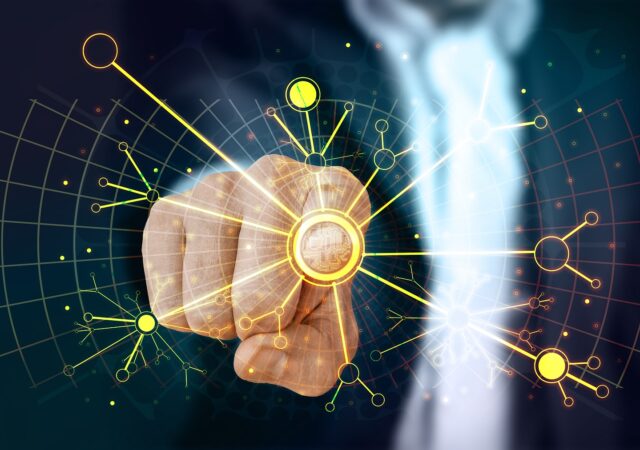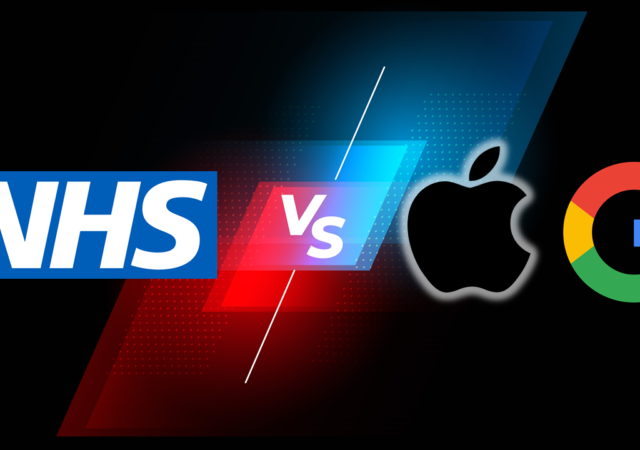This week the Guardian reported an alleged ‘standoff’ between the NHSX (the digital innovation arm of the NHS) and tech giants Google and Apple regarding the deployment of contact tracing technology aimed at curbing the spread of the Covid-19 virus.…
Google & Apple at Odds with UK’s NHS over Contact Tracing
Google and Apple hit their first speedhump in developing a cross platform contact tracing API with the UK’s NHS.




